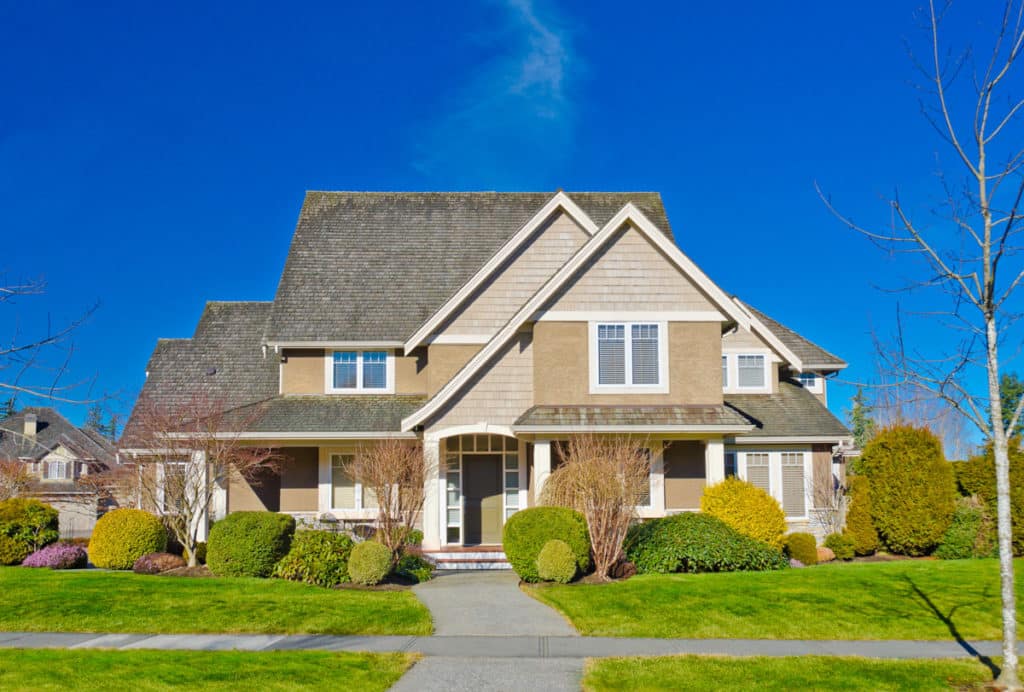With humidity and temperatures on the rise each summer, it’s important to stay cool and hydrated. Your home may be difficult to cool down, especially if you live in the inland or desert areas of California. Luckily air conditioning, better known by the acronym AC, allows for the ventilation of cool, clean air throughout your home with a touch of a button. Most air conditioning units allow you to control the temperature, intensity, and duration of operation. The EIA reported that air conditioning systems are present in 87% of homes in the United States alone. Certainly, AC has become a luxury many people aren’t willing to forgo.
What is Zoning?
 Ever since modern air conditioning systems were invented in 1902, manufacturers have attempted to modify units to be energy efficient and friendly to the environment, with relative success. The Department of Energy estimates that heating and cooling amount to 40 percent of the average home’s utility costs, so energy efficient air conditioning systems will not only help the environment, but your wallet too. Some energy saving features that are present in current air conditioning systems are being able to detect when a set temperature is reached, powering off automatically to reduce energy waste, and running for a certain time period, which eliminates the problem of overuse.
Ever since modern air conditioning systems were invented in 1902, manufacturers have attempted to modify units to be energy efficient and friendly to the environment, with relative success. The Department of Energy estimates that heating and cooling amount to 40 percent of the average home’s utility costs, so energy efficient air conditioning systems will not only help the environment, but your wallet too. Some energy saving features that are present in current air conditioning systems are being able to detect when a set temperature is reached, powering off automatically to reduce energy waste, and running for a certain time period, which eliminates the problem of overuse.
A popular method that companies advertise will save you money is called zoning. Zoning involves the installation of multiple air vents and thermostats that wire to a universal control panel. The consumer can determine what rooms or zones (depending on the home’s layout and needs) receive cool air. This system may be attractive to people who feel some rooms in their home are stuffier than others and wish for more ventilation in those rooms as opposed to their entire house. For example, you may not want to waste money and energy air conditioning the guest room in your home if that room is empty. Depending on the size of your home, multiple air conditioning units may be necessary to keep up with the energy demand and delegate air to the different zones. Essentially, zoning does allow for more control over the distribution of air conditioning throughout your home, but may also require a costly installation and energy bill, if not used properly.
Zoning in on Energy Inefficiency
 While the concept of zoning is certainly a step in the right direction for energy efficiency, the way zoning is currently being implemented in homes is contradictory to the promise of energy efficiency. The main problem with zoning is the need for multiple AC systems. Having multiple air conditioning units responsible for cooling one home is excessive and will result in a costly upfront installation fee. Furthermore, what happens if one unit breaks before the other? Do you only fix one unit or replace them both at the same time? It’s a vicious cycle of replacing and reinstalling that will eat up your wallet. Instead of adding more air conditioning units to cool your home, it may be more effective to update other areas of your home to allow better ventilation and circulation. For example, poor ductwork and insulation in your home prohibit the cool air to flow from your AC system and through your vents. In other words, the route that the cool air travels through is not adequately sealed to allow the air to flow through your vents and reach you. Updating the ductwork and insulation is usually a one-time expense that can have a major impact. An alternative to multiple units is installing adjustable vents that you may close in certain rooms. These vents will prohibit air from flowing into rooms you don’t want and allow more air to flow in the rooms you do want. Finally, something as simple as closing your blinds and windows while running your air conditioning will allow the air to stay in your home more effectively. Zoning may not be the best option for every consumer, so be sure to investigate other options before purchasing or updating your current AC system.
While the concept of zoning is certainly a step in the right direction for energy efficiency, the way zoning is currently being implemented in homes is contradictory to the promise of energy efficiency. The main problem with zoning is the need for multiple AC systems. Having multiple air conditioning units responsible for cooling one home is excessive and will result in a costly upfront installation fee. Furthermore, what happens if one unit breaks before the other? Do you only fix one unit or replace them both at the same time? It’s a vicious cycle of replacing and reinstalling that will eat up your wallet. Instead of adding more air conditioning units to cool your home, it may be more effective to update other areas of your home to allow better ventilation and circulation. For example, poor ductwork and insulation in your home prohibit the cool air to flow from your AC system and through your vents. In other words, the route that the cool air travels through is not adequately sealed to allow the air to flow through your vents and reach you. Updating the ductwork and insulation is usually a one-time expense that can have a major impact. An alternative to multiple units is installing adjustable vents that you may close in certain rooms. These vents will prohibit air from flowing into rooms you don’t want and allow more air to flow in the rooms you do want. Finally, something as simple as closing your blinds and windows while running your air conditioning will allow the air to stay in your home more effectively. Zoning may not be the best option for every consumer, so be sure to investigate other options before purchasing or updating your current AC system.

